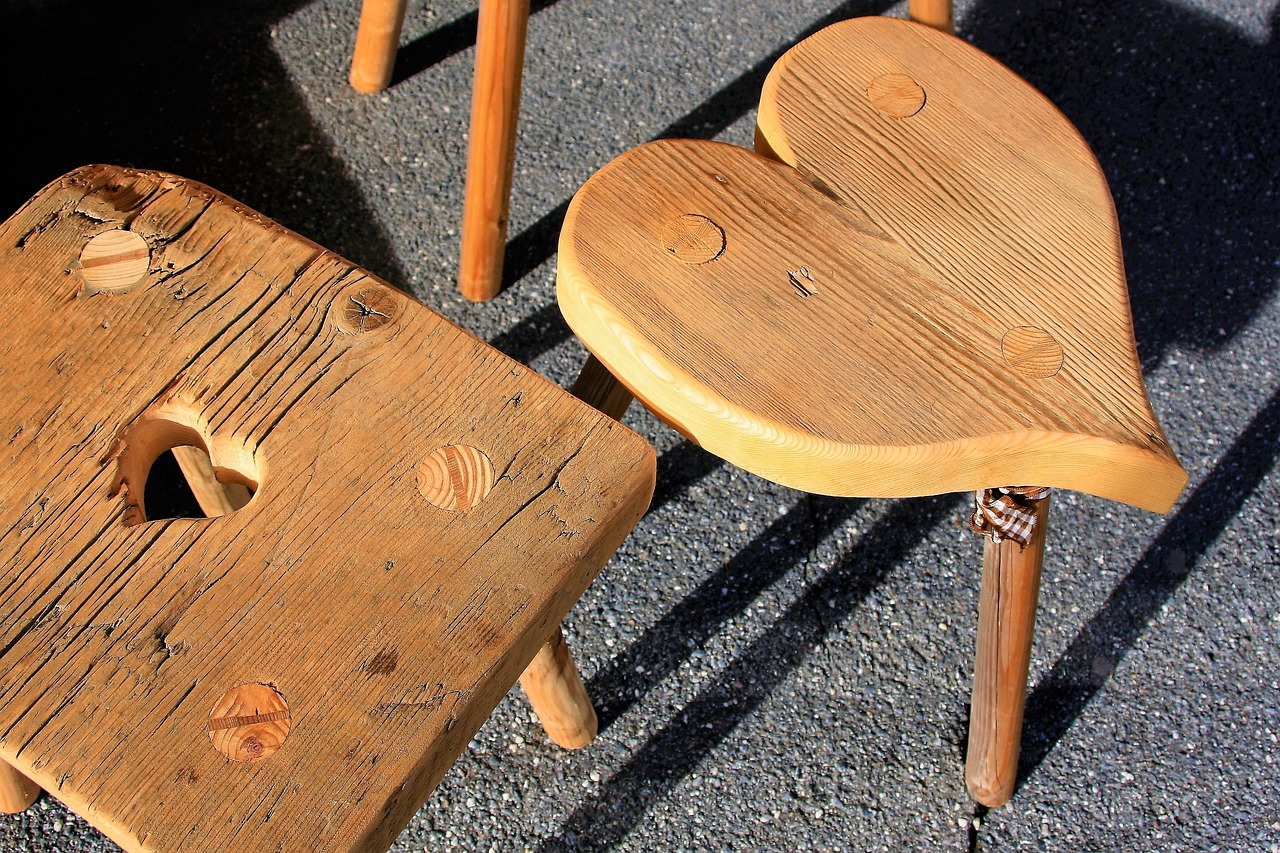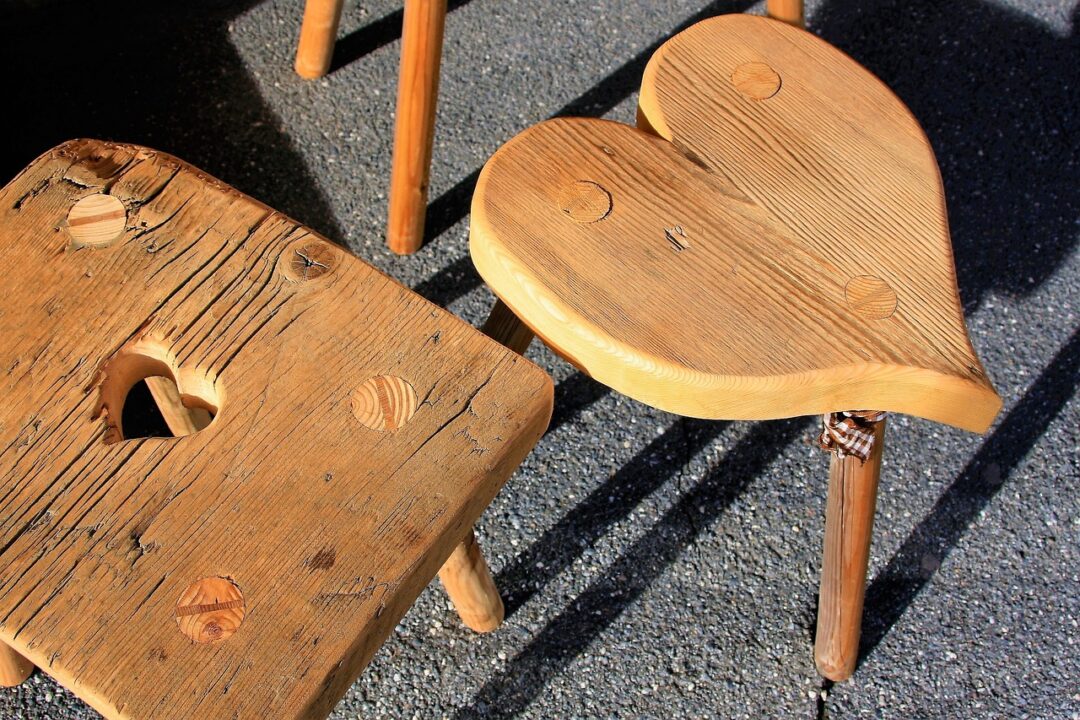
Image by 🌸♡💙♡🌸 Julita 🌸♡💙♡🌸 from Pixabay
Embarking on the journey of crafting your own outdoor furniture can be a rewarding endeavour for the eco-conscious individual. This venture not only allows for personal creativity but also contributes positively to environmental sustainability. By choosing eco-friendly materials and employing sustainable practices, amateur carpenters can create functional, stylish, and environmentally responsible outdoor furniture.
Understanding Sustainable Materials
When considering materials for outdoor furniture, sustainability should be at the forefront. Wood is a popular choice, but it’s crucial to opt for types that are environmentally friendly. FSC-certified wood, for instance, ensures that the timber has been sourced responsibly. Reclaimed wood is another excellent option, as it repurposes existing materials, reducing the need for new resources. These choices not only minimise the environmental impact but also add a unique character to your furniture.
Selecting Eco-Friendly Finishes
The longevity and appearance of outdoor furniture significantly depend on the finishes applied. It’s important to choose eco-friendly options that are low in volatile organic compounds (VOCs). Water-based stains and sealants are ideal, as they emit fewer harmful chemicals compared to their oil-based counterparts. Moreover, they provide adequate protection against the elements while maintaining the natural beauty of the wood. Regular maintenance using these sustainable products will ensure your furniture remains in good condition for years to come.
Tools and Techniques for Beginners
For amateur carpenters, having the right tools is essential for successful projects. Basic hand tools like saws, hammers, and screwdrivers are indispensable. Additionally, power tools such as drills and sanders can make the job easier. It’s also important to familiarise oneself with basic carpentry techniques and safety practices. Joinery methods like doweling or mortise and tenon offer robust construction for outdoor furniture. Beginners should start with simple designs, gradually advancing to more complex projects as their skills develop.
Incorporating Sustainable Materials
In an effort to further reduce environmental impact, incorporating recycled materials into furniture design is a commendable approach. Items like old pallets, discarded metal frames, or previous furniture pieces can be repurposed creatively. Sheet materials from Mill Timber Direct offer a versatile and eco-friendly option for various components of outdoor furniture. Utilising these materials not only reduces waste but also adds a unique aesthetic to your creations.
Design Considerations for Durability
Durability is key when it comes to outdoor furniture. It’s essential to design pieces that can withstand various weather conditions. This means considering aspects like proper drainage in seating, robust joinery to prevent wobbling, and materials that resist rot and insect damage. Thoughtful design also involves creating furniture that’s comfortable and functional, meeting the specific needs of your outdoor space. Careful planning in this stage will result in furniture that’s not only durable but also a joy to use.
Creating a Cohesive Outdoor Space
Your outdoor furniture should complement the existing style and layout of your garden or patio. Consider the overall aesthetic you wish to achieve – whether it’s rustic, contemporary, or something in between. Think about how your furniture will interact with other elements like plants, decking, and ornaments. Choosing a consistent colour scheme and design style will help create a harmonious and inviting outdoor space. Remember, your furniture isn’t just functional; it’s also an integral part of your garden’s visual appeal.
Balancing Aesthetics and Functionality
While aesthetics are important, functionality should never be compromised. The best outdoor furniture serves its purpose effectively while still looking great. Consider ergonomics – chairs and benches should be comfortable to sit on, and tables should be at a convenient height. Storage solutions can be incorporated into furniture design, offering practicality and keeping your outdoor area tidy. This balance of beauty and utility will enhance the overall experience of your outdoor space.
Eco-Friendly Maintenance Tips
Maintaining your outdoor furniture is crucial for its longevity, and doing so in an eco-friendly manner aligns with sustainable living principles. Regular cleaning with natural, non-toxic products helps preserve the material and finish. Covering furniture during harsh weather conditions or storing it during off-seasons can prevent unnecessary wear and tear. Inspecting and repairing any damage promptly will ensure that your furniture remains safe and functional for longer periods.
Embracing Local and Sustainable Resources
One of the most impactful ways to ensure eco-friendliness in your carpentry project is by sourcing materials locally. Utilising local wood and materials not only supports local businesses but also reduces the carbon footprint associated with transportation. Seek out local timber yards or reclaimed wood suppliers who prioritise sustainability. Additionally, using native wood species adapted to your region can enhance the durability and ecological compatibility of your outdoor furniture. By choosing local and sustainable resources, you are not only crafting with an environmental conscience but also contributing positively to your local economy.
Final Thoughts
Building your own outdoor furniture is a fulfilling project that allows you to express creativity while being mindful of the environment. By choosing sustainable materials, incorporating eco-friendly practices, and balancing aesthetics with functionality, you can create outdoor furniture that not only enhances your living space but also respects the planet. This journey of crafting with a conscience not only results in beautiful, practical creations but also contributes to a more sustainable future.

